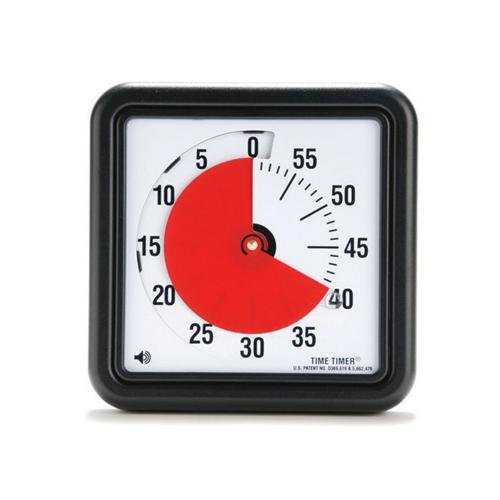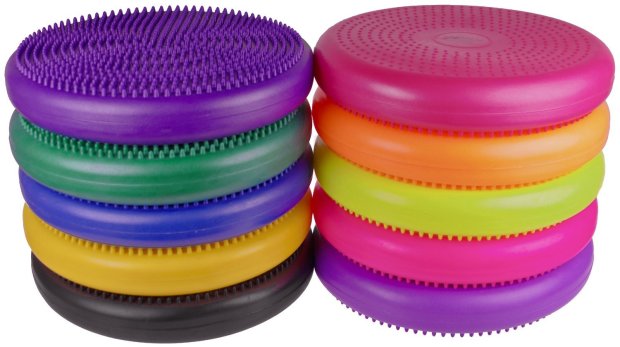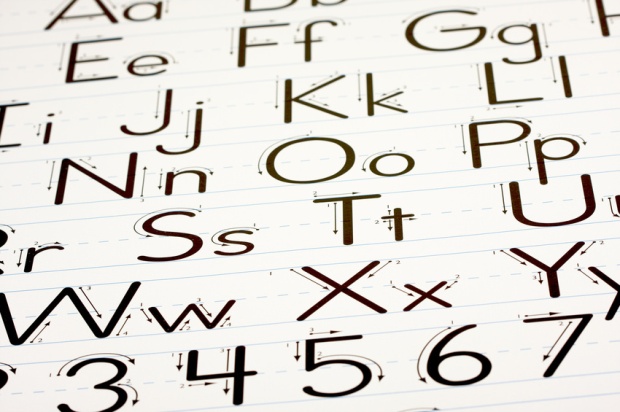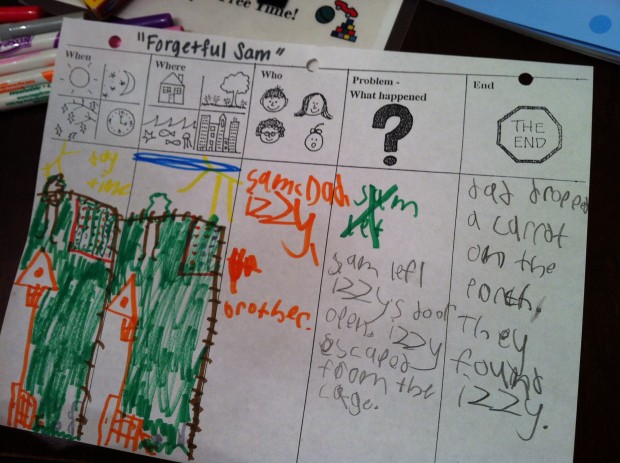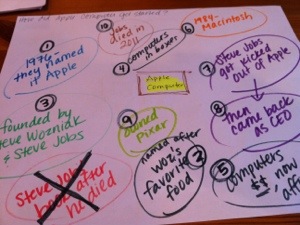*Let me just say this. I am not a big fan of lots of homework. I think it is redundant and unnecessary for many students, and for others can completely strangle their love of learning. I think there is a time and place for completing an assignment that couldn’t be completed during the day, or working extra on a long-term project. But I think our education system in general has gone the wrong way with homework. Struggling students can spend three hours a day in early elementary school tackling their homework, and their systems are already fatigued from a full day of school. It is not unusual for the middle school students I work with to spend five hours in the evening completing homework.
That being said, I encourage parents to help their children find a balance. Encourage quality over quantity, and keep in close communication with teachers to determine what is necessary for your child. Good teachers understand this balance, and while they can’t change what’s required on state testing, they are usually very willing to work with a student on a bit of balance.
After a long school day, it can be difficult for children to sit down and tackle their homework. Make sure they have eaten a snack and exercised outside, and then use an analogue clock or a Time Timer to allow for short bursts of homework activity. For early elementary students, try 10-20 minute work sessions; for older students, try 20-30 minute work sessions. (I always recommend analogue clocks rather than digital clocks to help your student understand the passing of time, rather than just a single moment in time.) The Time Timer is helpful because it shows a countdown of time in bold red, so even preschool students are aware of time passing.
Is your child having trouble sitting in one place for homework? Make sure they have exercised after coming home. Then, try a wiggle cushion on their seat, let them stand at the kitchen counter, or sit on an exercise ball. After holding it together all day at school, their little systems may be fatigued, and sitting still in one place too challenging.
Decide what the goal of the assignment is. Posture and core strength are necessary for good handwriting. If the focus of the assignment is good handwriting, make sure both feet are solidly on the floor, they are sitting upright, and using their non-dominant hand to hold their paper in place.
If the focus of the assignment is language, ideas, creativity, allow for some body wiggling and poorer handwriting. Many of my students stand, rock back and forth, and use a wiggle cushion for tactile and vestibular feedback. I can tell they are focused and attentive when their body is moving and they are helping to regulate their engagement. As we analyze the task, brainstorm and organize ideas, and get a preliminary essay completed, the focus is on their language and the ideas they are generating. We can go back later and clean up the handwriting during the editing phase of the writing process.
Homework taps into the executive function skills your child is developing. For a child who has worked hard holding it together all day at school, this can be a very challenging process. Focus on completing a few tasks well and enjoy the time you spend with your child. Allow them to share their work with pride, and encourage them as they progress.
What are some homework tips that have worked with your child? Please share.

